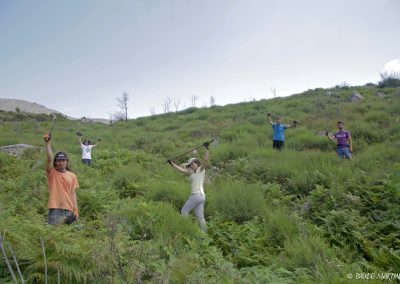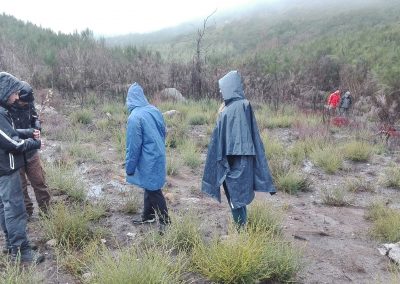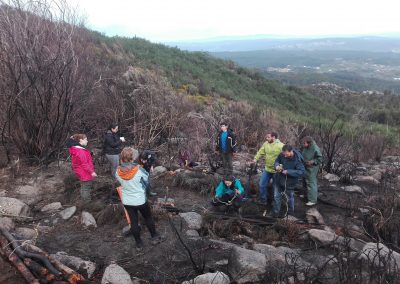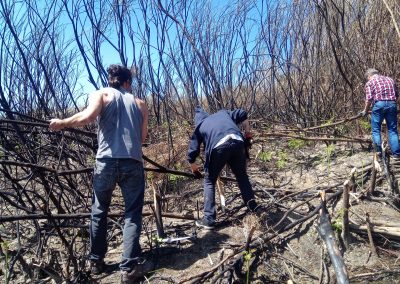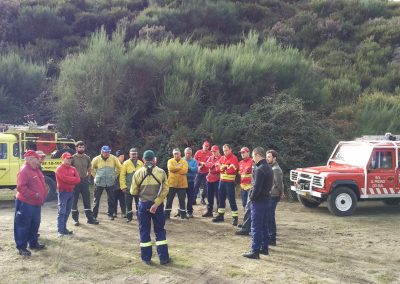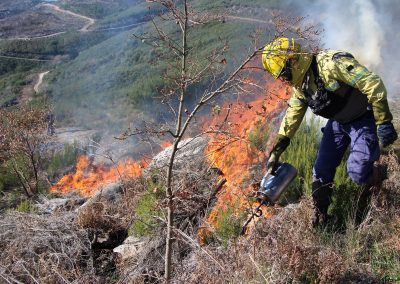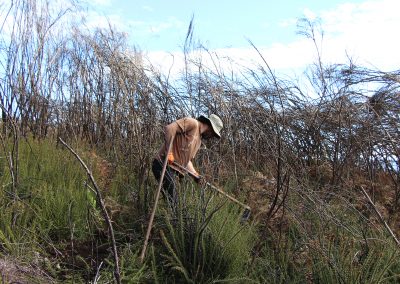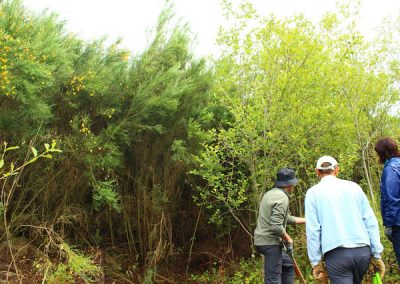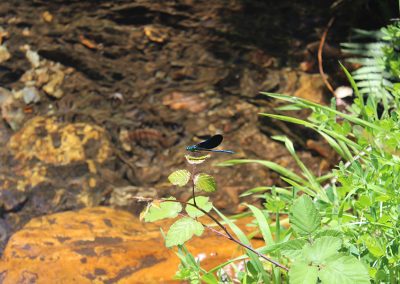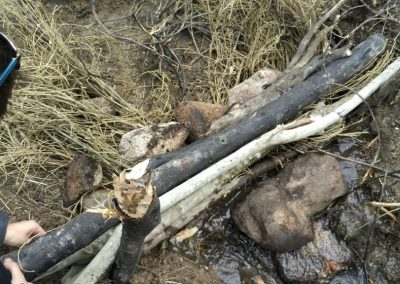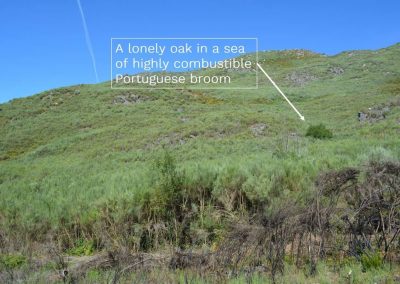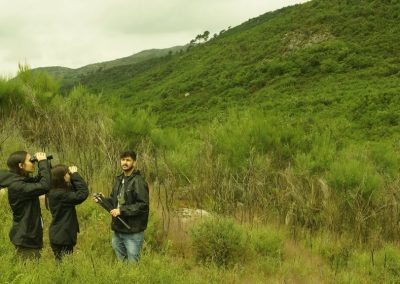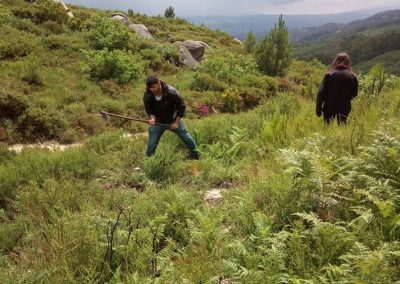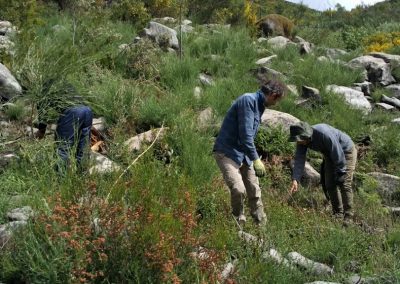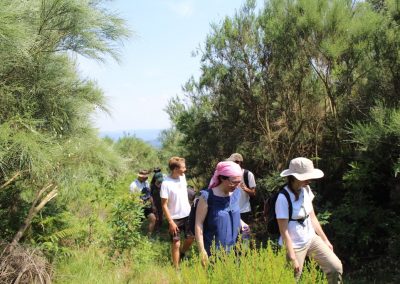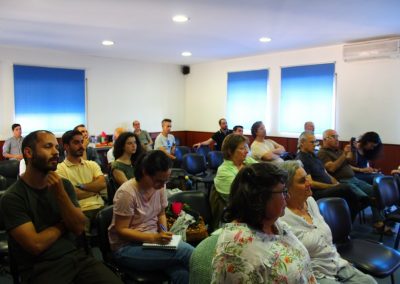ICNF Prize – The Way of Softness
About the project
The project has a general basis for restoring habitats and increasing resilience to fire, using it as a management technique, but has positive effects on species recovery and land enhancement, not specifically targeting habitat maintenance. MONTIS – Nature Conservation Association is a non-governmental, non-profit and national organization whose main objective is to manage territories with nature conservation and biodiversity objectives. The central philosophy of action is based on the knowledge of the natural processes to conduct them in a way favorable to the management objectives. For example, to the detriment of tree planting actions (which we do, in addition), we prefer to use natural engineering techniques that retain soil, nutrients and water as a way of increasing natural capital and enabling a more rapid and vigorous natural regeneration. The project that is the subject of this application concerns the management of an area of 100 hectares of the wasteland of Carvalhais, parish of Carvalhais, São Pedro do Sul, which has been granted to us for a renewable period of ten years.
The area in question is located in the upper third of the Arada range, and has no mature plant formations. It corresponds to the evolution of a traditional grazing area, at this moment nonexistent, being covered by fires with a return period of about ten years. The management objectives are aligned with the management guidelines for the site PTCON00047, Freita and Arada mountains, aiming to increase the biological content of the area, taking into account unfavorable weather conditions, frequent fires and very poor soil. Although the project does not have specific measures for the conservation of the wolf, it has management objectives that, in the long term, intend to benefit the population of bucks, in articulation with the repopulation programs that are occurring in the region, increasing the riparian forests, and the mosaic of habitats. Fires and fires are identified in the Sector Plan of the Natura Network as one of the main threats to the conservation of the values protected by the Habitats Directive, and for this reason the project has fire management as a key to its development , integrating fire as a management tool, not seeking to exclude it from the system.
The area in question is located in the upper third of the Arada range, and has no mature plant formations. It corresponds to the evolution of a traditional grazing area, at this moment nonexistent, being covered by fires with a return period of about ten years. The management objectives are aligned with the management guidelines for the site PTCON00047, Freita and Arada mountains, aiming to increase the biological content of the area, taking into account unfavorable weather conditions, frequent fires and very poor soil. Although the project does not have specific measures for the conservation of the wolf, it has management objectives that, in the long term, intend to benefit the population of bucks, in articulation with the repopulation programs that are occurring in the region, increasing the riparian forests, and the mosaic of habitats. Fires and fires are identified in the Sector Plan of the Natura Network as one of the main threats to the conservation of the values protected by the Habitats Directive, and for this reason the project has fire management as a key to its development , integrating fire as a management tool, not seeking to exclude it from the system.
Support natural processes: Main objective: Increase of the global biodiversity of the land (in particular for groups responding more rapidly to management actions: 1) flora, in particular grasses and shrubs; 2) invertebrates; 3) birds; 4) mammals) Sub-objective 1: Reconstitution of riparian galleries Sub-objective 2: Improved conditions for vegetation recovery Sub-objective 3: Increasing shelters for wildlife Sub-objective 4: Increased food availability for groups of fauna Sub-objective 5: Increase seed bank diversity Sub-objective 6: Creation / maintenance of high density clumps Sub-objective 7: Increased resilience to natural hazards Ensure conditions for public use – Creation of accesses within the property, which guarantee the crossing or arrival at points of interest. Support actions – Production of information (surveys of fauna and flora); – Demarcation of area boundaries; Know more


